I am slightly obsessed with Japanese knitting books. I’ve used one before to knit a Lopi sweater. And recently I purchased two more from Etsy. So I figured, why not share some of my obsession here?
Why Japanese knitting books?
I can’t say there’s any one particular reason why folks should take a look at Japanese knitting books. A lot of the garments appeal to me, and the styling tends to be very clean and minimal. That allows me to more easily get an idea of how the project might look on my body.
I like to get different perspectives on knitting from a variety of sources. I also have Estonian colorwork knitting books. And Finnish crochet books.
Plus, they’re kind of like puzzles, in that you kind of have to piece things together. Because there’s a level of knowledge assumed in these knitting books that is very very different than what English-reading knitters might be used to these days.
Why not Japanese knitting books?
While books from other countries can provide a wealth of inspiration, they are generally short on information. The few Japanese knitting books I have use the barest of bones to convey the knitting instructions. That link to the Japanese Lopi book at the top of the page has a video that shows you the instruction pages. And every single knitting book from Japan that I have seen has that much information.
Another thing that makes these books difficult is that they are incredibly not size inclusive. I’m sure there are a range of factors for that, including a slightly smaller size of Japanese people, on average, compared to American average sizes. I say slightly smaller because on average, Japanese women tend to be only an inch or two shorter than American woman according to data I can find. And height does not equate universally to width in various parts of the body. There’s also cultural norms and stigmas that for sure play a part in all sizing decisions made in any pattern book. So if you choose to only support size-inclusive publications, or you don’t feel confident in making adjustments–both of which are incredibly valid viewpoints–these books are maybe not the best use of your money.
Okay but you don’t read Japanese
Nope. You don’t really need to read another language to understand the knitting patterns. You do need to understand knitting patterns, though, and that’s a skill that comes with practice.
Knitting from patterns in other languages are generally like putting together a puzzle piece. And they involve math. But not really any more math than customizing a pattern that is in your first language would require.
If you’re given a stitch pattern, and a gauge for that stitch pattern, and you’re trying to make it fit a certain size, you pretty much have everything you need to knit the project. You could design it from scratch. But at least with the pattern layout provided in these books, you have a road map. I explain the process a bit more in detail in my Japanese Lopi sweater, but I’m happy to share more info if anyone’s interested.
So you’re just a masochist
A valid argument. And probably. But I’ll be a happy masochist with sweaters that I (eventually) knit for myself.




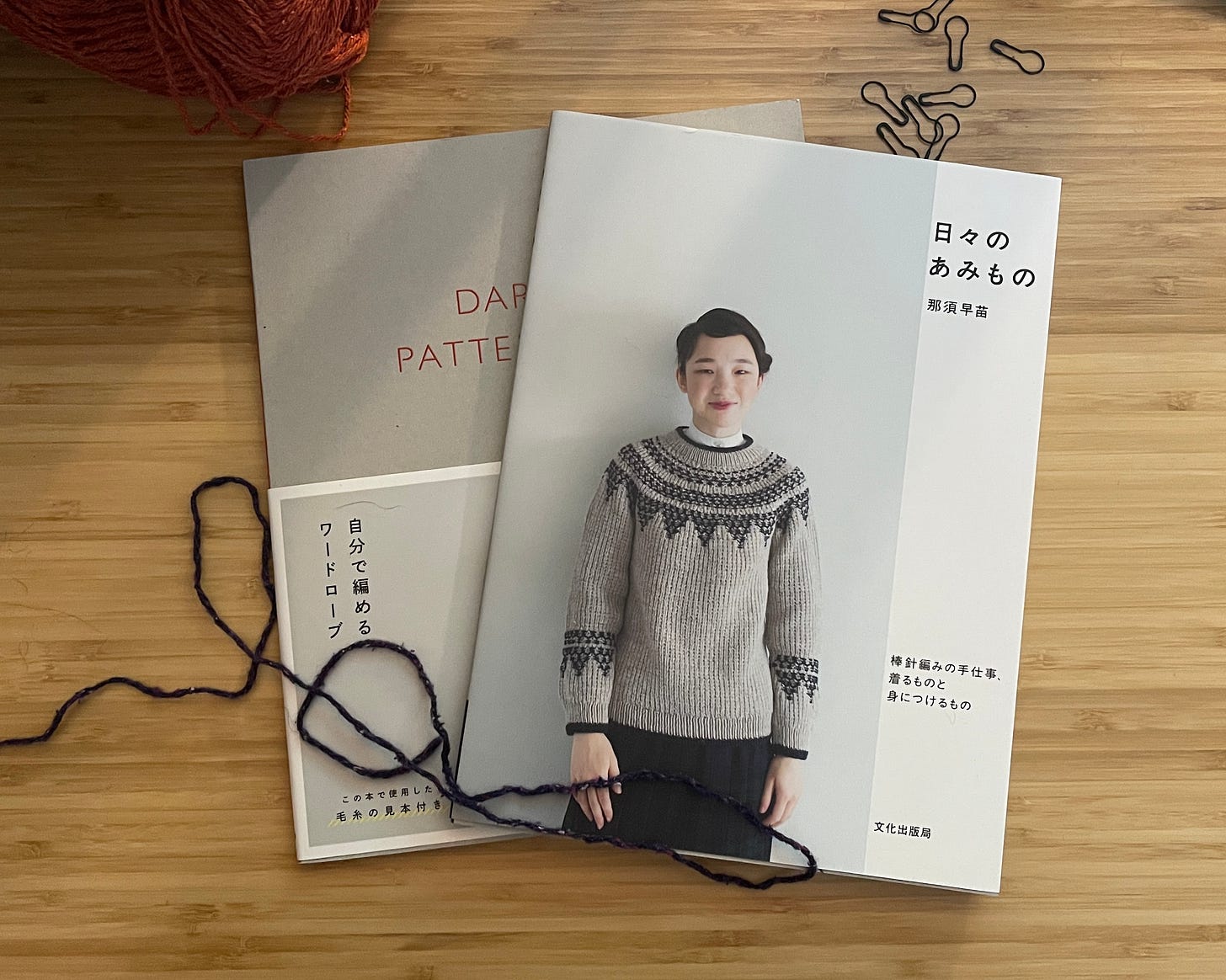
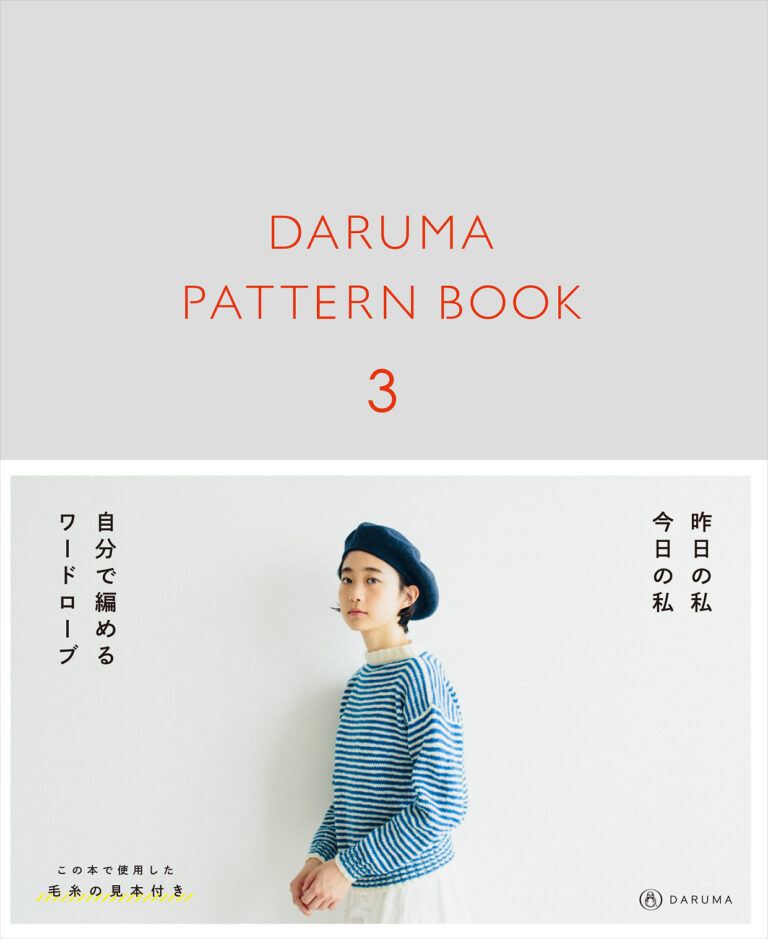
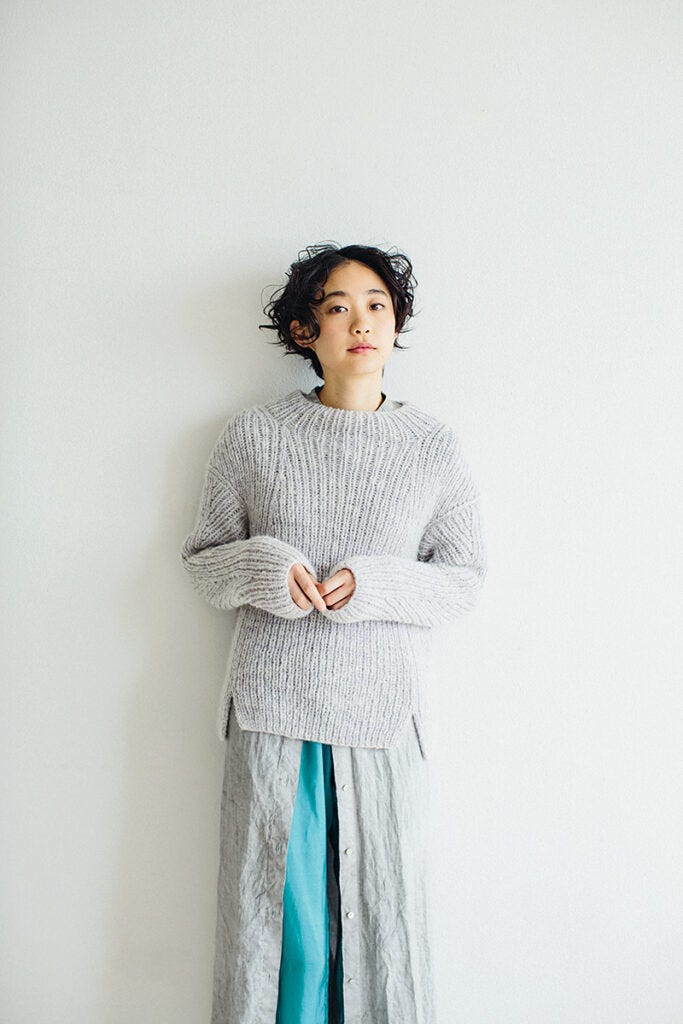
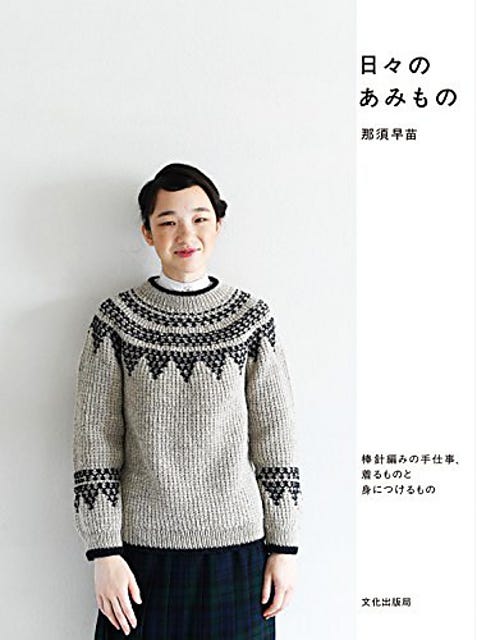
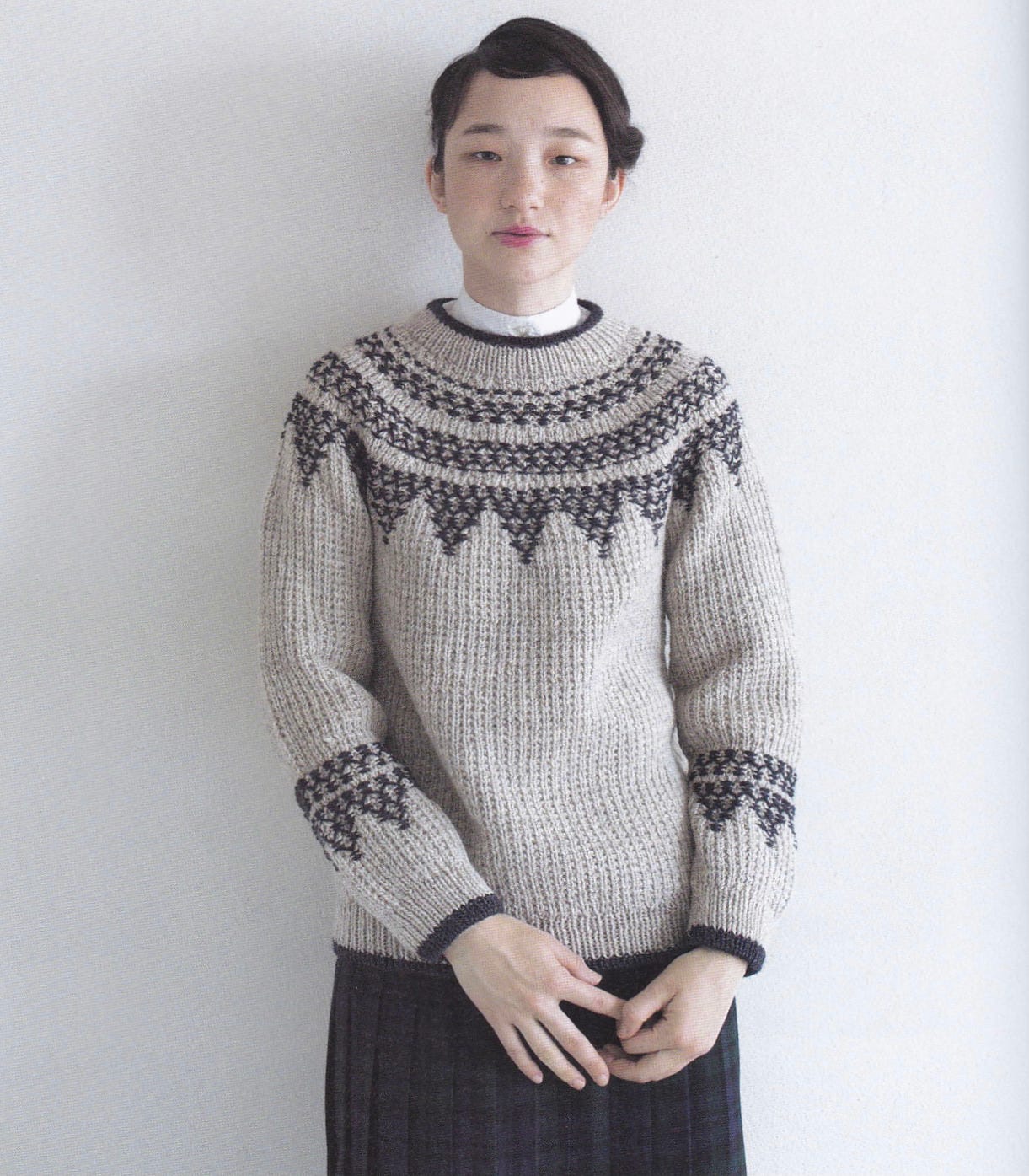
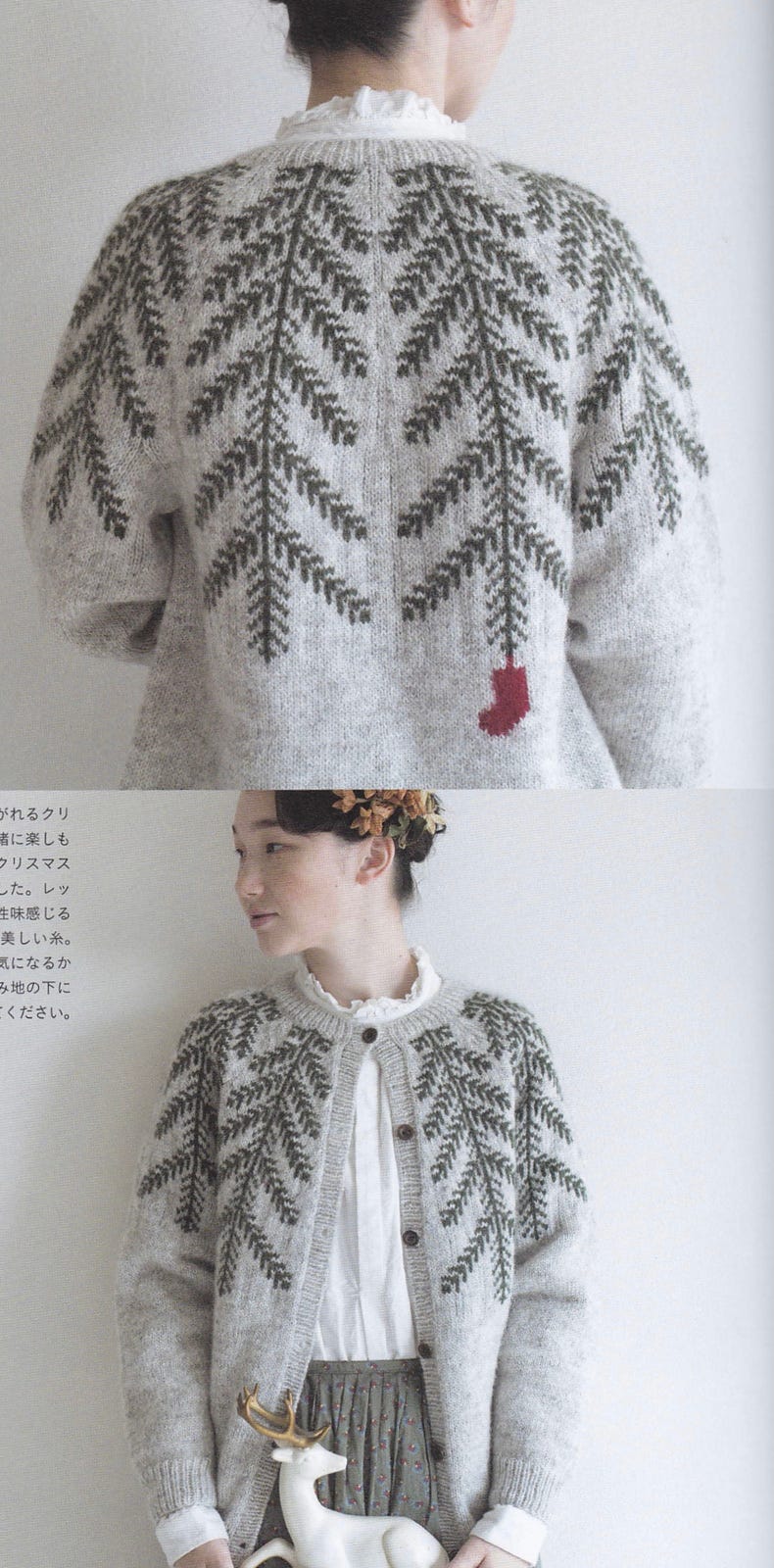
I have one of the Japanese Craft books on Lopi knitting and can't for the life of me figure out how you figured out the patterns, since they are written in Japanese. How in the world did you do it?!
Amy
Could I get a copy of the knitting instructions for the Fir sweater? angel99anne at yahoo dot com